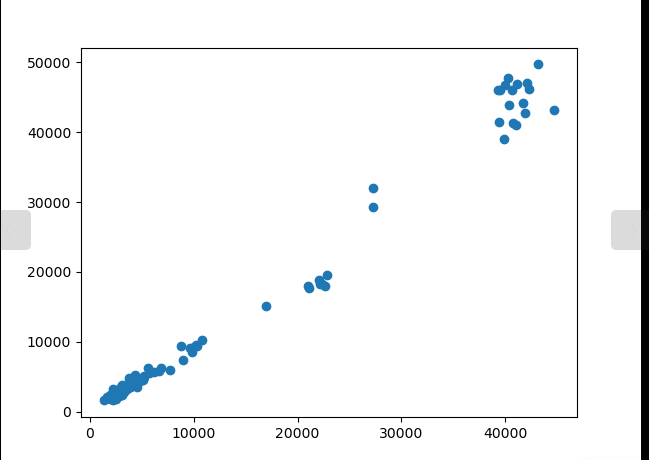Dear all,
First, I am using the “3-phase simulation method for a vertically adjustable shading system” by Sarith Subramaniam for my model, which divides the whole window aperture into several groups, performs a separate simulation for each group, and adds the results together( As the picture below shows)
But I found that my simulation results are always lower than expected values. Then, I wonder if this approach is valid or not.
Then, I have run a test to investigate this method a little bit, and my testing is as below.
- Case1: In this case, I will divide my windows into four groups, and use the same method as the above picture to calculate the illuminance for a series of selected points. The blinds are assumed to be pulled up in this case, and all these four sub-windows are clear.
-
Case2: In this case, instead of dividing the windows into four parts, the windows will be modeled as a whole in this case. Also, the blinds are assumed to be pulled up.
( you can find all my model files in this shared drive. 3ph_testing - Google Drive)
Result, ideally if the method for adjustable blinds is credible, it should give us the same results as case2 which takes the window as a whole, and the scatter plot of the illuminance values for all points between these two cases should be a straight line. However, as the picture below shows there is a significant discrepancy… So can anyone help me check if there is something wrong with my simulation, or if there is some issue with this method?

